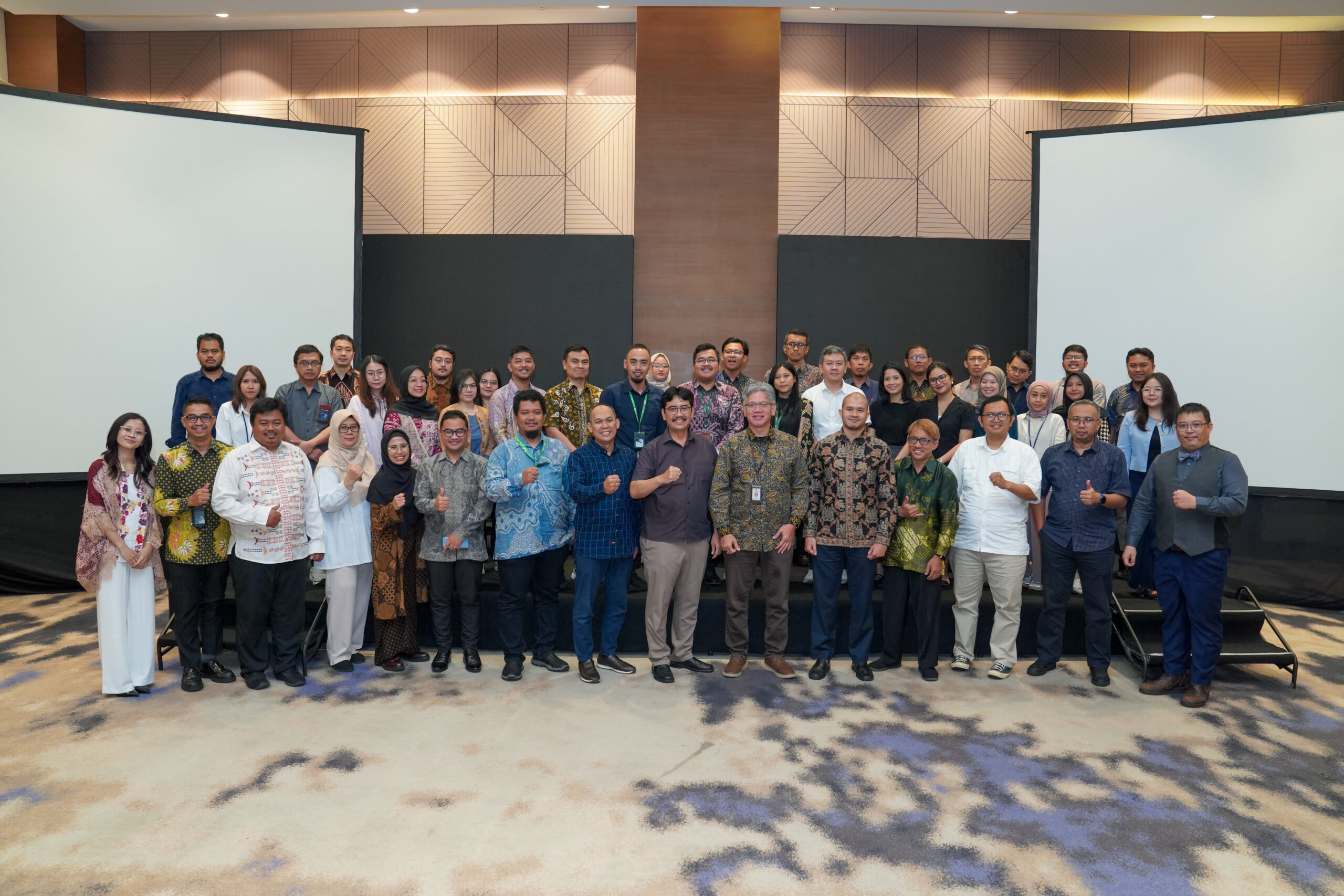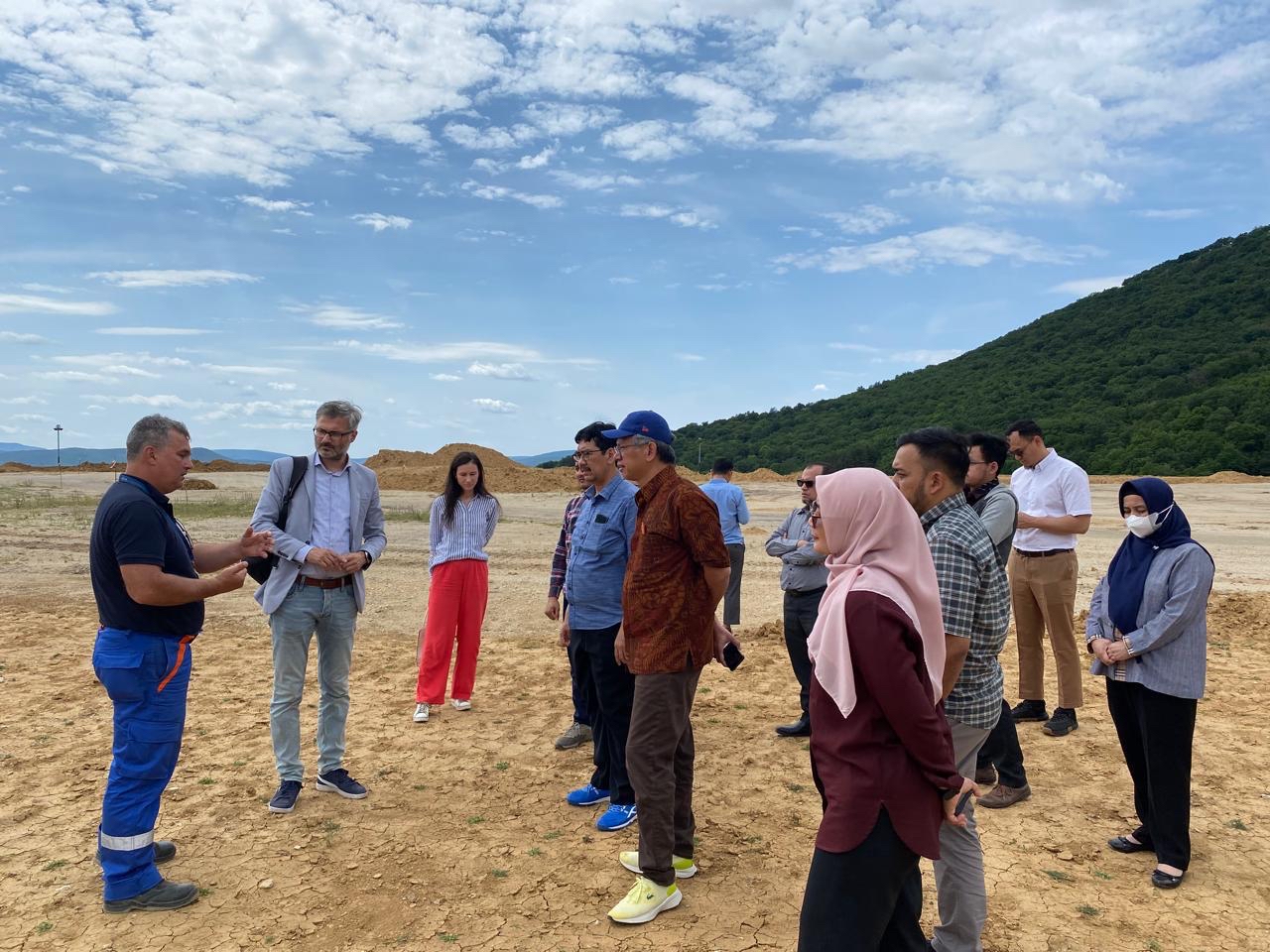Achieving a major milestone in the country’s journey towards a clean energy future, Vietnam recently published 20 new official National Standards for Offshore Wind Power, thus marking a significant step forward by providing a clear framework to guide this booming sector.
The development of the National Standards, supported through ETP’s ‘Development of National Standards for Offshore Wind Power’ project, was a result of a meticulous process, including public consultancies, vetting processes and legal approval.

Why do these standards matter?
This comprehensive set of standards, developed with support from the ETP, represents a triumph of collaboration among policy makers, industry leaders, and technical specialists. The formal launch achieves several key goals for Vietnam’s energy landscape.
- Ensures Vietnam’s offshore wind sector is aligned with international standards and best practices.
- Establishes a consistent, unified reference framework for management, investment, testing, and operations in offshore wind.
- Provides technical certainty, they help mitigate risks, making the sector more attractive to investors, encouraging technology transfer, and driving innovation.
- Lays the groundwork for a sustainable wind power industry in Vietnam, bolstering the nation’s reputation as a regional clean energy leader.

National Standards, leading to Global Possibilities

Speaking at the launch, Dr. Trieu Viet Phuong, Director of the Vietnam Institute for Standards and Quality (VSQI) highlighted how these standards are a “major step forward not only for the energy sector but also for Vietnam’s overall economic and social development.”
This marks the first time the country has a complete set of standards that follows international best practices while being specifically tailored to Vietnam’s tropical climate, local geology, and marine conditions.
These new rules will, help mitigate technical risks and ensure structural safety for offshore installations, implement measures to protect the marine environment and offer a clear, transparent legal and regulatory framework for everyone from state agencies to investors.
Clear, consistent rules will empower Vietnamese manufacturers to improve their products and processes, meet high market requirements, and eventually expand into regional supply chains. These efforts are set to help build domestic industrial capacity, foster innovation, and create high-value jobs.
The Road Ahead
In order to capitalize on the efforts made to reach this milestone, three priorities were highlighted:
- Developing a complete, internationally recognized infrastructure for testing, inspection, and certification within Vietnam is essential. Without it, the country risks being reliant on foreign facilities, leading to higher costs and project delays.
- Enabling qualified people to apply and enforce these standards. Partnerships with universities and international organizations are critical to train and prepare a new generation of engineers and specialists.
- Offshore wind is a fast-moving sector. Vietnam must continuously expand and update the standards system to cover new areas like offshore substations, high-voltage direct current (HVDC) transmission, and stricter environmental and safety rules.

The publication of the standards is a clear testament to the deep and effective cooperation among government agencies, international organizations, experts, and the private sector, all united by a shared vision for a sustainable energy future for Vietnam. The standards are set to be disseminated, implemented, and regularly updated to ensure Vietnam achieves its goals in energy security and sustainable development.








